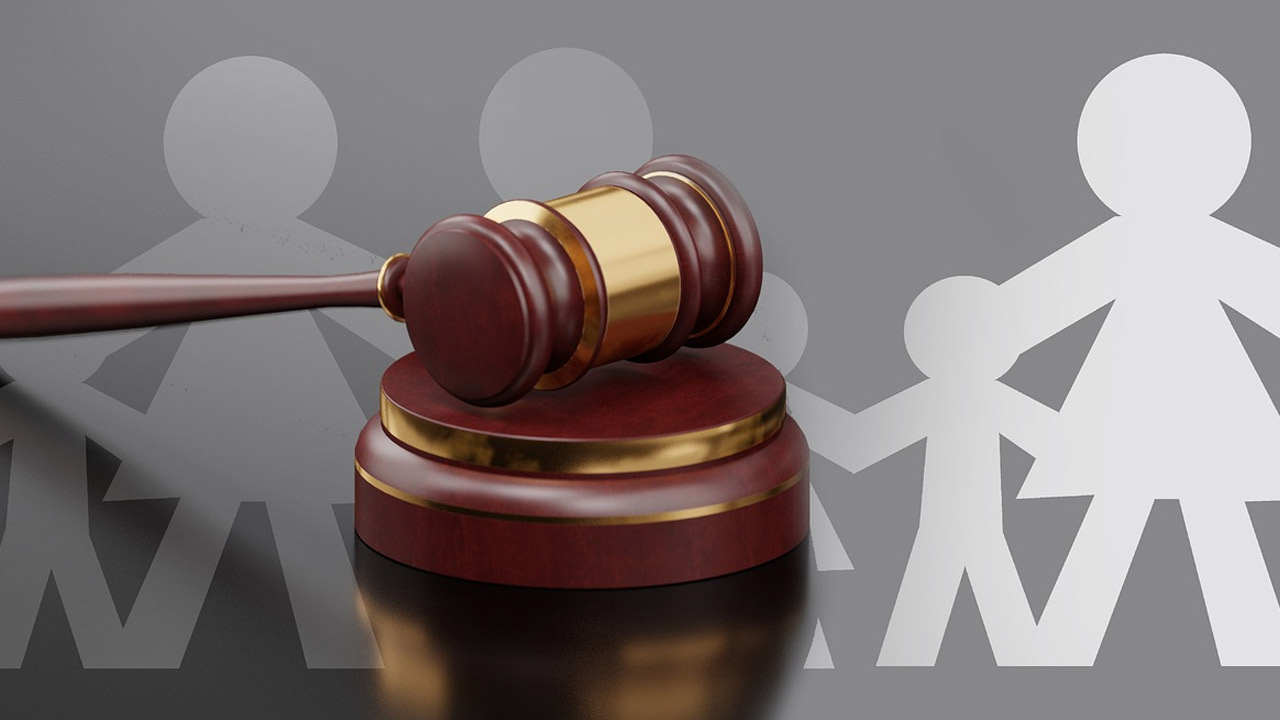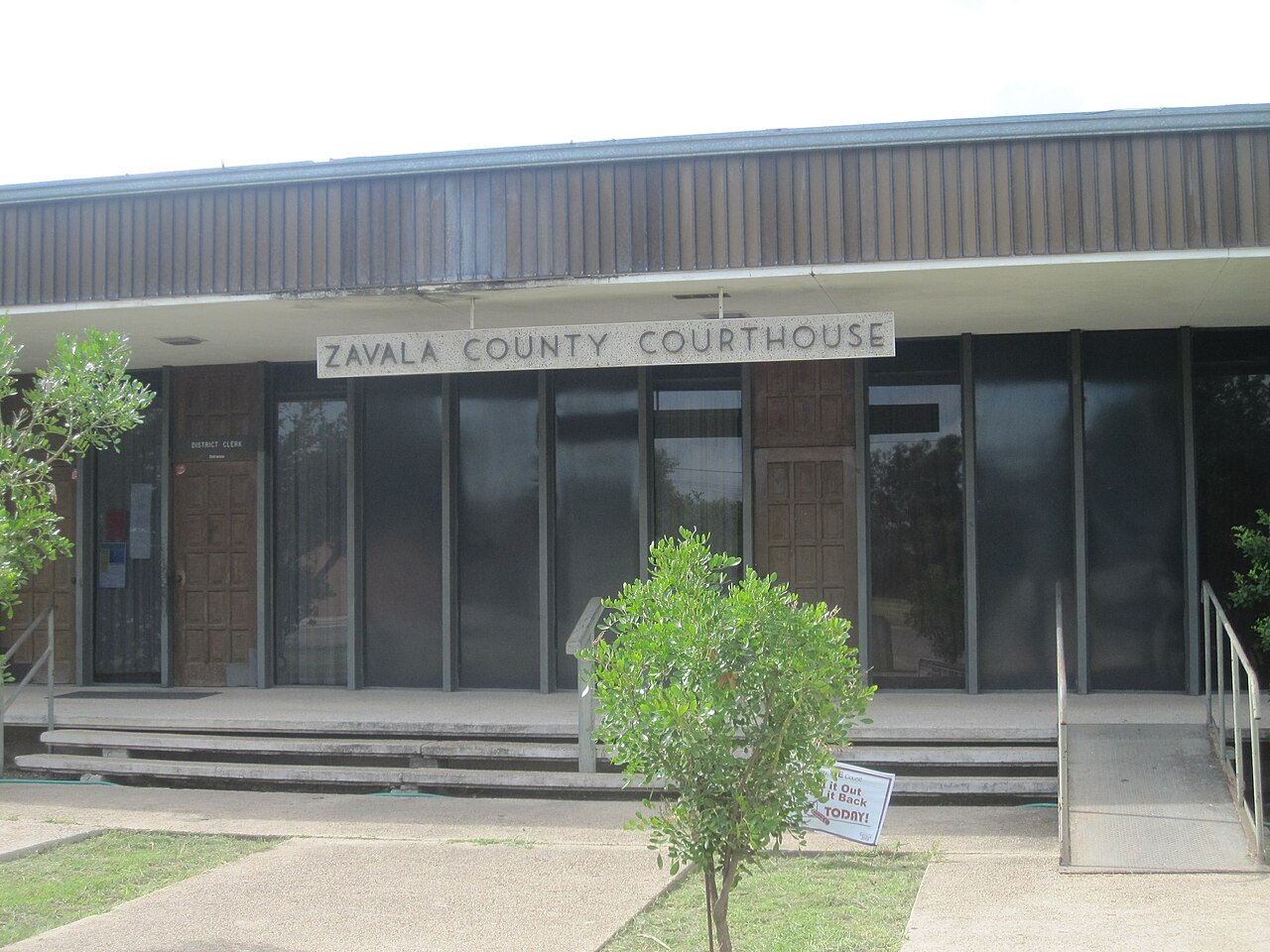Family History Modification & Suit Affecting Parent Child Relationship with Holly Factors
Below is a template for your Family History in a Modification Suit but also a Suit Affecting the Parent Child Relationship as to exploration of the best interests of the child but also material and substantial change to warrant a modification
1. Briefly cover what led up to the separation between you and the mother/father of your child.
2. Please describe any child of the relationship, including: their growth and development; their health; their educational needs and your expectations of them; the relationship they have with both you and the mother/father of your child; and what your role and contributions, as well as how the mother/father of your child have been toward the child.
3. Please discuss you and the mother/father of your child’s employment history since the date of the relationship. Outline your incomes and how they were spent and/or saved. Include any contributions that either of you have made to the other’s employment and promotions, such as entertainment and actual labors at the mother/father of your child’s employment.
4. Please describe what counseling, psychological or psychiatric treatment either you or the mother/father of your child have received, either individually or together.
5. What events and conflicts have given rise to the breakdown of your relationship? Be as fair to yourself and the mother/father of your child as you can.
6. Detail any major successes or tragic events that have occurred during your relationship.
7. Please briefly summarize a short health history for yourself and for the mother/father of your child. Outline any major operations or health problems. Indicate the names and addresses of physicians for any current problems.
8. Please identify any other factor or event that you feel is important.
9. It is recommend that you keep a journal during the pendency of your case to keep a record of contact between you and the father/mother of your child. For example, if you receive a troubling late-night telephone call, you can note the date, time, and content of the conversation so that you will have good recollection of it the next time you meet with us. This journal is for your use, not your attorney. It will give you a reference to recall things that have occurred with detail.
10. For your child. The Courts use a best interest test that is based on a Texas case from the 1970’s wherein lawyers have come to term the Holly Factors below. Please review the Holly Factors and attempt to answer and/or give a plan of action as best as you can.
11. The Texas Family Code establishes the best interest of the child(ren) as the primary consideration when courts determine conservatorship of a child(ren). Tex. Fam. Code Ann. § 153.002. Section 153.134
lists six specific factors in determining best interest. Id. § 153.134(a). Several, but not all, of the listed factors correspond with those set out by the Texas Supreme Court in Holley, 544 S.W.2d at 371–72. The Holley factors are:
(A) Desires of the child(ren);
(B) Emotional and physical needs of the child(ren) now and in the future;
(C) The emotional and physical danger to the child(ren) now and in the future;
(D) Parental abilities of the individuals seeking custody;
(E) Programs available to assist these individuals to promote the best interest of the child(ren);
(F) Plans for the child(ren) by these individuals or by the agency seeking custody;
(G) Stability of the home or proposed placement;
(H) Acts or omissions of the parent which may indicate that the existing parent-child relationship is not a proper one; and
(I) Any excuse for the acts or omissions of the parent.
Family History Modification & Suit Subpoenas
A subpoena is a legal document that commands a person and/or entity to testify as a witness at a specified time and place and/or to produce documents or other tangible objects in a legal proceeding.
Please answer the following questions as they apply to you. Please be advised you might need to sign a HIPAA Release.
1.Has CPS been called on you? If so, please state when and where. Please include any findings determined by If you would like us to subpoena those records, please state the child’s full name, date of birth, case number and the name of the CPS investigator
2.Have police been called out? If so, please state when and Please include the date (MM/YYYY) and the parties involved. If you would like us to subpoena those records, please state what county the incident took place, the name of the officer involved, and a case number given to you by the officer.
3.If you would like us to subpoena your child’s school records, please provide us with the school’s full name, address, and phone Please include your child’s full name and date of birth.
4.Do you or your child attend dental and doctor visits regularly? If you would like to subpoena those records, please include you and/or your child’s full name, date of birth, organization name, address, telephone number and the doctor’s full name.
5.Have you or your child attended therapy or counseling sessions? If so, please provide a brief description as to the reasons for attendance. If you would like to subpoena those records, please include you and/or your child’s full name, date of birth, organization name, address, telephone number and the therapist’s full name.
6.Are there any financial institutions (banks, credit card companies, etc) you would like to subpoena? If so, please state what financial institution you are trying to subpoena, the full name of the account holder, date of birth, and social security.
7.Are there any other documents/records you feel would help you in your case? (Ex. Church, Mosque, Temples, etc). If so, please provide the full name of the place you would like us to subpoena, the address, telephone number and a brief description as to their relevance to your case.
Witnesses ⇓
|
Name |
Relationship | Address | Telephone # | |
Tort Claims
A tort claim is a wrongful act that can harm another person’s wellbeing, thereby infringing on their rights and making the offender liable for their pain and suffering. When found legally responsible, the liable party may have to pay damages related to any emotional, monetary, or physical losses the victim has suffered, as well as various other applicable damages.
Invasion of Privacy
One who intentionally intrudes, physically or otherwise, upon the solitude or seclusion of another or his private affairs or concerns, is subject to liability to the other for invasion of his privacy, if the intrusion would be highly offensive to a reasonable person. Valenzuela v. Aquino 853 S.W.2d 512, Tex., May 05, 1993
There are two elements that you have to show in order to have a cause of action for Invasion of Privacy:
- An intentional intrusion, physically or otherwise, upon another’s solitude, seclusion, or private affairs or concerns
- Would be highly offensive to a reasonable person
Texas courts recognize three separate types of invasion of privacy: (1) intrusion upon one’s seclusion or solitude or into one’s private affairs, (2) public disclosure of embarrassing private facts, and (3) wrongful appropriation of one’s name or likeness. Cain v. Hearst Corp., 878 S.W.2d 577, 578 (Tex.1994)
A judicially approved definition of the right of privacy is that it is the right to be free from the unwarranted appropriation or exploitation of one’s personality, the publicizing of one’s private affairs with which the public has no legitimate concern, or the wrongful intrusion into one’s private activities in such manner as to outrage or cause mental suffering, shame or humiliation to a person of ordinary sensibilities. 62 Am.Jur.2d, Privacy s 1, p. 677.
In divorce cases, Invasion of Privacy in typically used as a cause of action is case were a spouse (1) intrudes upon one’s seclusion or solitude or into one’s private affairs, (2) publicly discloses embarrassing private facts, and (3)uses wrongful appropriation of one’s name or likeness. This type of invasion of privacy is generally associated with either a physical invasion of a person’s property or eavesdropping on another’s conversation with the aid of wiretaps, microphones, or spying. . Vaughn, 202 S.W.3d at 320; Clayton v. Wisener, 190 S.W.3d 685, 696 (Tex.App.—Tyler 2005, pet. denied).
- Intrudes upon one’s seclusion or solitude or into one’s private affairs
Example: A man unlocking his wife’s phone while she sleeps at night or secretly recording her in their home.
- Publicly discloses embarrassing private facts
Example: The maiden name of a former prostitute who was acquitted of murder was revealed in a film about the case. Since the trial, she had moved to another city, gotten married and adopted a new lifestyle. Her new friends were unaware of her past, so the disclosure of this true but embarrassing information was deemed an invasion of her privacy
- Uses wrongful appropriation of one’s name or
Example: An advertising agency approached musician Tom Waits to participate in a campaign for a new automobile. Waits, who has a distinctive and easily recognizable voice, declined. The advertisers hired someone who sounds like him to do the soundtrack, prompting Waits to sue the automaker for appropriating his likeness.
Below are a few examples cases where the cause of action was used:
Miller v. Talley Dunn Gallery LLC, 2016 Tex. App. LEXIS 2280 (Tex. App. – Dallas March 3, 2016) (mem. opinion) (Cause No. 05-15-00444-CV). In the Miller case, the Husband began searching the Wife’s cell phone while she was sleeping at night, taking screen shots of her text messages because he thought she was having an affair. The Husband also put a digital recorder in the Wife’s vehicle, which recorded conversations that took place in her car. The Husband also recorded conversations between the parties that occurred at their residence.
Damages
There could be special damages as well as general damages due to emotional distress.
Defamation/Slander/Libel
There are two elements under defamation that may be considered by the court. They are Libel and slander and they both fall under the umbrella of defamation.
A libel is a defamation expressed in written or other graphic form that tends to blacken the memory of the dead or that tends to injure a living person’s reputation and thereby expose the person to public hatred, contempt or ridicule, or financial injury or to impeach any person’s honesty, integrity, virtue, or reputation or to publish the natural defects of anyone and thereby expose the person to public hatred, ridicule, or financial injury.
While slander defamation is a oral statement that was spoken or said to another person and is highly offensive, tarnishes the representation of the person, and used to ridicule the person.
For slander a person has prove that were defamatory remarks made and that there was harm from the remarks. For libel a person has to prove that the defamatory remarks were published and seen by others.
Below are a few examples cases where the causes of action were used:
Dallas Morning News v. Tatum, 554 S.W.3d 614, 625 (Tex. 2018), Parents brought action against newspaper and author for libel in connection with column that, while not mentioning parents and teenager by name, quoted from teenager’s obituary and described events surrounding his suicide.
Kinney v. Barnes, 443 S.W.3d 87, 89, 90 (Tex.2014), Legal recruiter sued competitor and companies owned by competitor for defamation after competitor posted a statement on websites implicating recruiter in a kickback scheme, seeking only a permanent injunction following trial on the merits.
Damages
In order to recover damages for a slander defamation one has to prove actual harm was caused, such as being fired from a job because of the defamatory remarks. This will entitle the person to receive special damages because of the harm caused by the remarks.
General damages are presumed in both Slander and defamation cases.
Recently in Texas, an injunction can now be pleaded and allow the defamatory remarks to be removed.
Intentional Infliction of Emotional Distress
Intentional infliction of emotional distress is a tort applicable only when “a defendant intentionally inflicts severe emotional distress in a manner so unusual that the victim has no other recognized theory of redress.” Hoffmann–La Roche Inc. v. Zeltwanger, 144 S.W.3d 438, 447 (Tex. 2004). “Severe emotional distress” means distress so severe that no reasonable person could be expected to endure it without undergoing unreasonable suffering. Blanche v. First Nationwide Mortg. Corp., 74 S.W.3d 444, 454 (Tex.App.-Dallas 2002, no pet.). The plaintiff must show more than mere worry, anxiety, vexation, embarrassment or anger. Id. Cause of action for intentional infliction of emotional distress may be brought in divorce proceeding; tort and divorce action should be resolved in same proceeding, and, when fact finder awards tort damages to divorcing spouse, court may not consider same tortious acts when dividing marital estate.
The elements of Intentional Infliction of emotional distress are:
- The defendant acted intentionally or recklessly;
- Defendant’s conduct was extreme and outrageous;
- Conduct caused the plaintiff emotional distress; and
- Emotional distress was
Below are a few examples cases where the causes of action were used:
Twyman v. Twyman, 855 S.W.2d 619, 624 (Tex.1993) Wife filed suit for divorce and for negligent infliction of emotional distress against husband. The 353rd Judicial District Court, Travis County, B.F. Coker, J., rendered judgment dissolving a marriage, dividing marital estate, awarding conservatorship of children, ordering child support and awarding wife $15,000 plus interest for tort claim. Husband appealed from judgment on tort claim. The Court of Appeals, Gammage, J., held that: (1) tolling concept of continuing tort was properly applied to husband’s course of conduct; (2) tort action was not barred by two-year statute of limitations; (3) evidence was sufficient to support finding of mental anguish; and (4) interspousal immunity did not bar separate cause of action for negligent infliction of emotional distress in divorce suit.
Toles v. Toles, 45 S.W.3d 252, 264 (Tex.App.-Dallas 2001, pet. denied) Husband filed for divorce and wife filed counter-petition for divorce and claim for personal injuries, alleging intentional infliction of emotional distress and assault and battery. The divorce case and tort claims were bifurcated and the District Court, Dallas County, Dee Miller, J., entered judgment notwithstanding the jury verdict in favor of husband on tort claims and in the divorce decree, ordered wife to pay husband sanctions. Wife appealed. The Court of Appeals, Barbara Rosenberg, J. (Assigned), held that: (1) evidence was legally and factually sufficient to support jury’s finding that husband acted recklessly or intentionally to inflict emotional distress; (2) evidence was legally and factually sufficient to support jury’s finding that husband’s conduct was extreme and outrageous; (3) evidence was legally sufficient to support jury’s finding that wife suffered severe emotional distress; (4) submission of question that asked jury to award wife damages that “resulted from” husband’s conduct in claim, rather than using the phrase “proximate cause” was not error; (5) evidence was sufficient to support award of a disproportionate share of marital property to wife; and (6) sanction against wife was not warranted.
Damages
Monetary Relief
Assault
An assault is typically defined as intentional conduct that is meant to place another person in reasonable apprehension or fear of harmful contact. The contact must appear to be imminent, meaning that the offender must appear to have the present ability to cause the contact, even if he or she is not actually capable of inflicting injury. An assault is committed even if the contact never occurs. It’s the purposeful creation of fear of contact that gives rise to the civil or criminal liability
The elements for an assault are: 1.) intent,
2.) Apprehension of a harmful contact, 3.) and causation.
Below are a few examples cases where the causes of action were used:
Battery
A battery is an intentional act that results in offensive or harmful contact with someone else’s person, without that person’s consent.
1.) Intent
2.) Offensive or harmful contact
Below are a few examples cases where the causes of action were used:
Breach of Fiduciary Duty
Puntarelli v. Peterson, 405 S.W.3d 131, 137 (Tex. App.—Houston [1st Dist.] 2013, no pet.); Husband filed an original petition for divorce, asserting that the parties were common-law married and seeking, among other things, division of the marital property. After bench trial, the 247th District Court, Harris County, Bonnie Crane Hellums, J., entered a final decree of divorce and divided parties’ property, and husband appealed.
Damages
The Court may grant any legal or equitable relief necessary to accomplish a just and right division, including:
- Awarding to the wronged spouse an appropriate share of the community estate remaining after the actual or constructive fraud on the community;
- A money judgment in favor of the wronged spouse against the spouse who committed the actual or constructive fraud on the community; or
- To the wronged spouse both a money judgment and an appropriate share of the community estate.













